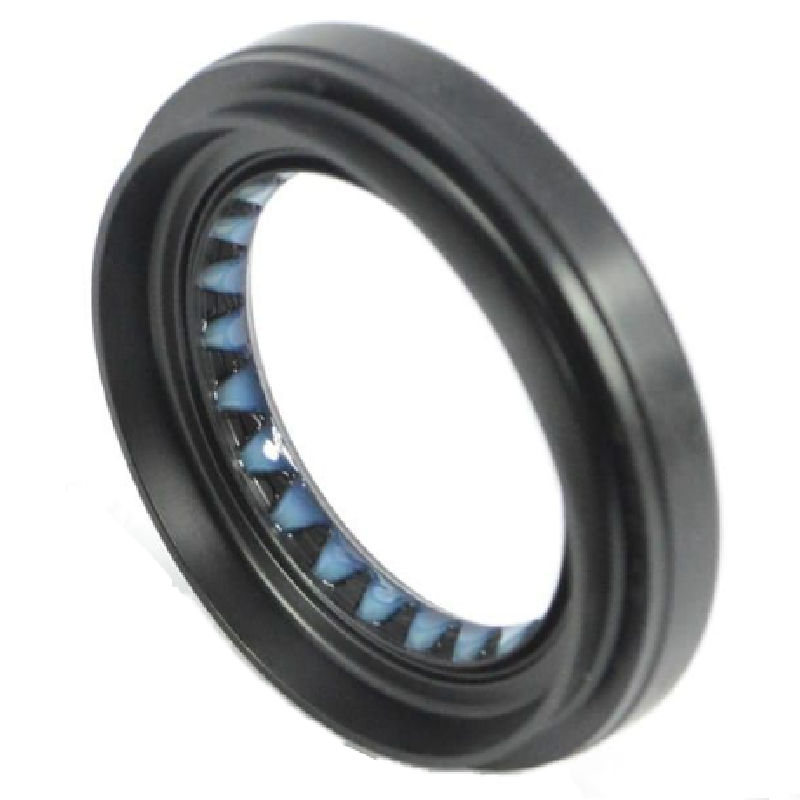o rings for gasoline
Understanding O-Rings for Gasoline Applications
O-rings play a crucial role in various applications, particularly in sealing systems where fluids or gases need to be contained. When it comes to gasoline, the selection of the appropriate O-ring material is essential for ensuring safety, efficiency, and longevity in fuel systems. This article delves into the significance of O-rings in gasoline applications, the materials suitable for handling gasoline, and best practices for their use.
What is an O-Ring?
An O-ring is a circular ring made of elastomeric materials, designed to fit into a groove and create a seal between two or more parts when compressed. This simple but effective component is widely used in mechanical devices to prevent the leakage of fluids and gases. In gasoline applications, O-rings are integral in fuel pumps, injectors, carburetors, and a range of other automotive and industrial equipment.
Importance of O-Rings in Gasoline Systems
Gasoline is a volatile compound, and its handling poses several challenges, including flammability and chemical compatibility. O-rings must provide an effective seal to prevent leaks that could lead to hazardous conditions. Moreover, the quality of the seal affects the overall efficiency of the fuel system. A compromised O-ring can lead to fuel losses, reduced engine performance, and increased emissions.
Choosing the Right Material
When selecting O-rings for gasoline applications, material compatibility is paramount
. Common materials include1. Nitrile Rubber (NBR) Often the go-to choice for O-rings in fuel applications, NBR is known for its excellent resistance to petroleum-based oils, making it suitable for gasoline. Its versatility and cost-effectiveness have earned it widespread use in automotive applications.
2. Fluoroelastomer (FKM) Known for its superior chemical resistance and resilience to high temperatures, FKM is ideal for high-performance gasoline systems. While more expensive than NBR, its durability justifies the cost in critical applications where failure could be catastrophic.
3. Hydrogenated Nitrile Rubber (HNBR) This material offers improved resistance to both heat and chemicals compared to regular NBR. HNBR is increasingly being used in automotive fuel systems, especially in environments where temperatures and pressures are high.
o rings for gasoline

4. PTFE (Polytetrafluoroethylene) Although not a traditional O-ring material, PTFE can be used in special applications where maximum chemical resistance is needed. PTFE O-rings are used in systems that occasionally come into contact with highly aggressive fuels.
Installation Best Practices
To ensure the longevity and effectiveness of O-rings in gasoline applications, several best practices should be followed
1. Proper Sizing Always choose the correct size O-ring for the application to ensure adequate sealing. An O-ring that is too large or too small can lead to leaks.
2. Cleanliness Ensure that the installation area is clean and free from debris or contaminants, as these can compromise the sealing ability of the O-ring.
3. Lubrication Use compatible lubricants during installation to facilitate even compression and reduce the risk of tearing the O-ring.
4. Inspection Regularly inspect O-rings for signs of wear, cracks, or degradation. Early detection of wear can prevent catastrophic failures.
5. Temperature Management Keep the operating temperatures within the specified limits of the O-ring material. Overheating can cause significant damage and compromised seals.
Conclusion
O-rings are vital components in gasoline handling and storage systems, serving the essential function of preventing leaks and ensuring safe operation. By understanding the material properties and adhering to best practices in installation, users can ensure optimal performance and longevity of O-rings in gasoline applications. As the automotive industry continues to innovate, the development of O-ring materials and technologies will enhance their capability, making them indispensable in both traditional and modern fuel systems.
-
Simplifying Oil Changes: A Comprehensive Guide to Oil Drain Plugs and Their Variants
News Aug.04,2025
-
Mastering Oil Drain Maintenance: Solutions for Stripped, Worn, and Upgraded Oil Plugs
News Aug.04,2025
-
Fixing Oil Pan Plug Issues: Leaks, Stripped Nuts, and the Right Replacement Solutions
News Aug.04,2025
-
Everything You Need to Know About Oil Drain Plugs: Sizes, Fixes, and Upgrades
News Aug.04,2025
-
Choosing the Right Oil Drain Plug: A Guide to Sizes, Materials, and Drain Innovations
News Aug.04,2025
-
A Complete Guide to Automotive Drain Plugs: Types, Problems, and Innovative Solutions
News Aug.04,2025
-
The Ultimate Guide to Car Repair Kits: Tools and Essentials Every Driver Should Own
News Aug.01,2025
Products categories















